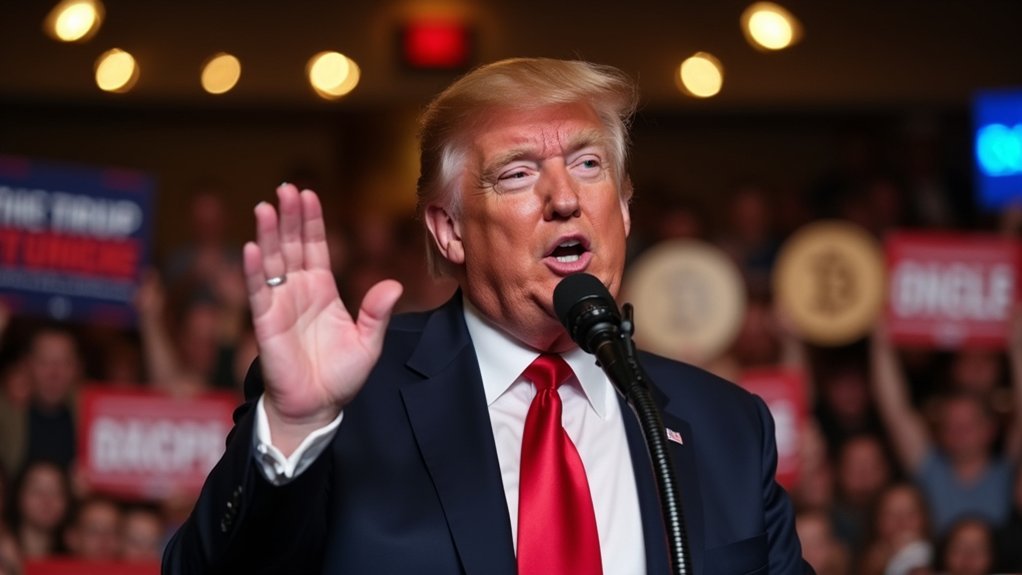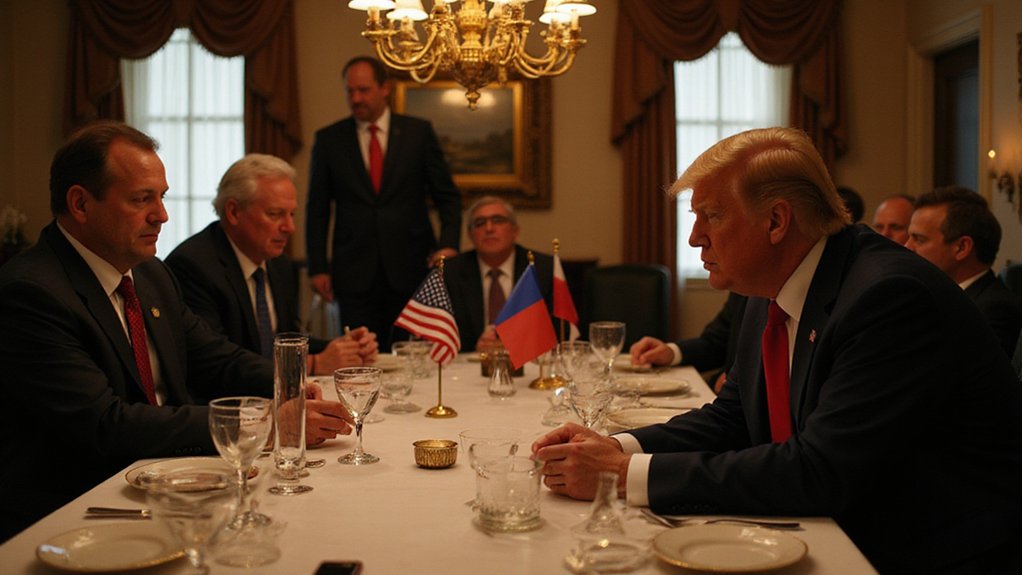A seismic shift in America’s approach to digital assets is underway as the Trump administration’s ambitious cryptocurrency agenda takes shape—marking perhaps the most dramatic regulatory pivot in the nascent industry’s turbulent history. Following an executive order signed in early 2025, the White House has effectively declared its intent to position the United States as the global cryptocurrency capital, a striking departure from previous administrations’ ambivalence toward blockchain innovation.
At the vanguard of this transformation stands David Sacks, the newly appointed “crypto czar” tasked with helming an interagency Working Group comprising the SEC, CFTC, Treasury, and Commerce Department. This coalition’s mandate? Dismantling regulatory uncertainty while crafting a framework that balances innovation with prudent oversight—a delicate equilibrium that has eluded policymakers since Bitcoin’s inception.
Perhaps most intriguing is the establishment of the Strategic Bitcoin Reserve, a government stockpile designed to hold up to one million Bitcoins (roughly 5% of the total supply). This crypto equivalent of the petroleum reserve represents a philosophical sea change: Bitcoin has transcended its status as a speculative curiosity to become a resource worthy of national stockpiling. The United States has committed to a no-sell policy for all bitcoin deposited into this strategic reserve.
The Strategic Bitcoin Reserve signals America’s pivotal recognition: digital gold now stands alongside physical gold in the national security pantheon.
The administration’s explicit rejection of a central bank digital currency while simultaneously embracing privately-issued stablecoins underscores its preference for market-driven solutions over centralized control. This position—anathema to CBDC enthusiasts abroad—reflects a distinctly American approach to digital currency evolution. The administration has instructed the Treasury to create a cryptocurrency reserve as part of developing stablecoins backed by U.S. debt.
Meanwhile, Trump’s directive to pause federal crypto investigations signals a cooling of enforcement fervor that had characterized previous regulatory postures. Industry participants, long accustomed to maneuvering a labyrinthine compliance landscape, cautiously welcome this recalibration. The directive acknowledges the significant economic potential of cryptocurrencies, which are expected to grow into a global market exceeding $5 billion by 2030.
The inauguration of the first-ever White House crypto summit further cements the administration’s commitment to digital asset integration into the broader economy. As traditional finance and crypto boundaries blur, the implications extend beyond markets into geopolitical positioning and economic security—suggesting that Bitcoin’s journey from cypherpunk curiosity to strategic national asset may be approaching its logical conclusion.









